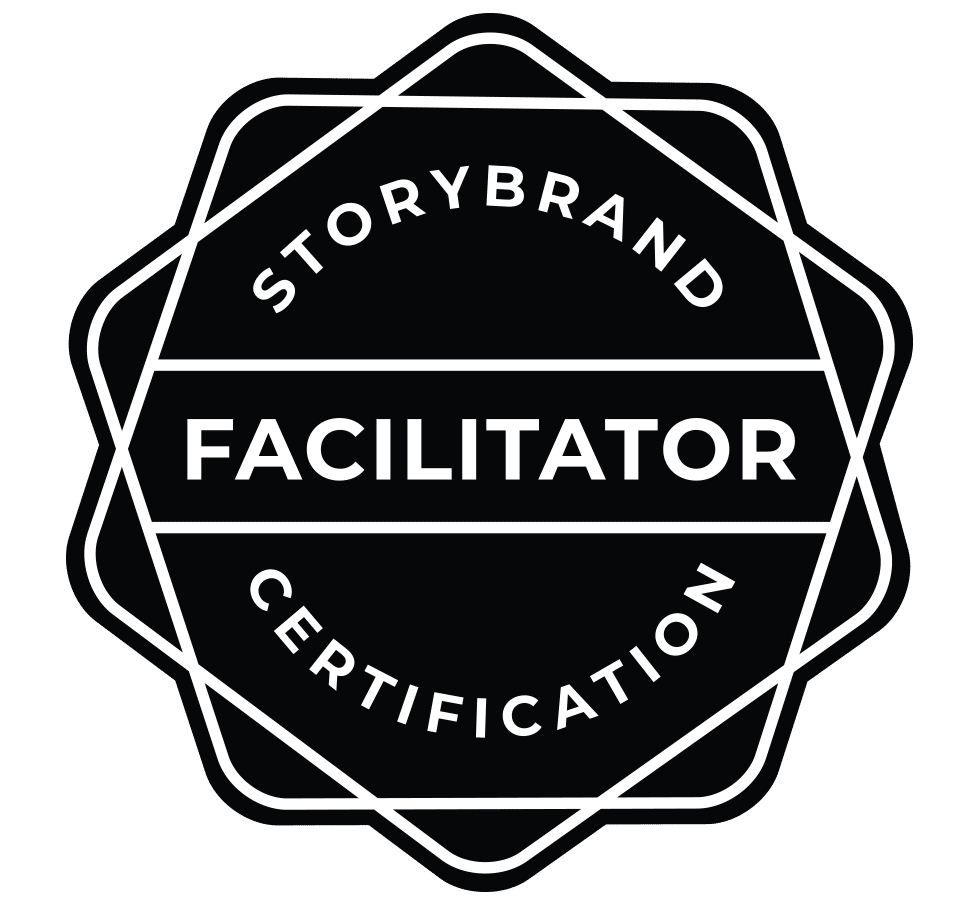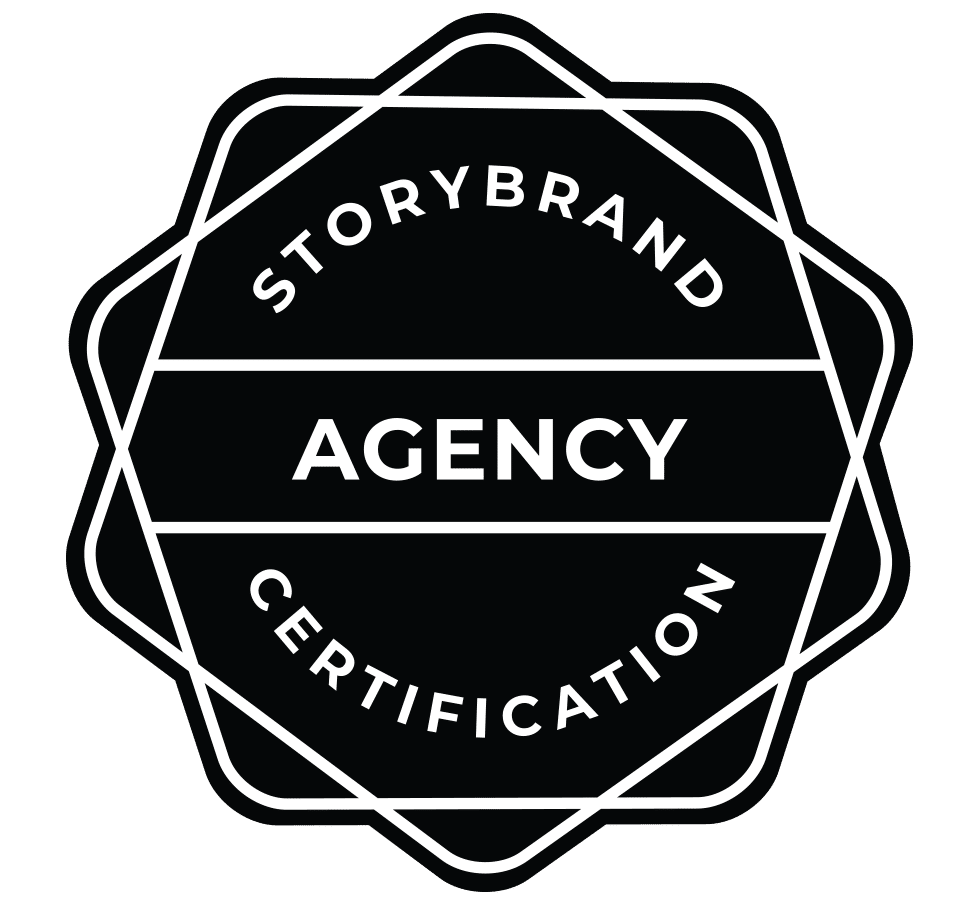Introduction to StoryBrand Web Design
StoryBrand Web Design is all about making your website not just a page on the internet, but a powerful tool to share your business story. Think of it as turning your website into a gripping novel where your business is the main character. The idea is to make every visitor feel connected and engaged with what you offer. This method strips away complex jargon and focuses on clear, simple language that resonates with your audience. At its core, StoryBrand insists on a website that speaks to your customers’ needs, solves their problems, and guides them towards taking action — whether that’s buying a product, signing up for a service, or just getting in touch. It’s about clarity over cleverness, and connection over confusion. By following this approach, you’ll craft a website that’s not only visually appealing but also deeply aligned with what your customers are looking for.
The Importance of a Strong Business Story
Every business has a story. It’s not just about what you sell or the services you offer; it’s about connecting with your customers on a deeper level. A strong business story sets the foundation. It makes your brand memorable and relatable. Think of your favorite brands. What hooks you isn’t just the quality of their product but the story they tell. It’s this narrative that creates loyal customers. A strong business story does more than share history; it builds trust. People buy from brands they feel connected to. And in today’s digital world, your website is often the first place they’ll encounter your story. That’s why integrating your story into your website design isn’t just nice to have; it’s crucial. It guides your customers through a journey, making them feel a part of something greater. Done right, it turns casual visitors into loyal customers. So, when crafting your business story, be genuine. Focus on what sets you apart. Remember, your story isn’t just a selling point; it’s the heart of your brand.
Key Principles of StoryBrand Web Design
In the world of StoryBrand Web Design, certain principles light the path to a website that not only looks good but effectively tells your business story. First up, clarity is king. Your website should make it immediately clear what you offer and how it can solve your customer’s problems. This means cutting the fluff and focusing on the essentials. Next, your customer is the hero of the story, not your brand. Your website should position your products or services as the tools that help the hero (the customer) win the day. Also, keep in mind, calls to action should be bold and clear. Whether it’s “Buy Now,” “Learn More,” or “Get Started,” your call to action tells your hero what to do next – make it impossible to miss. A successful StoryBrand website also uses testimonials wisely. Real stories from real clients build trust and show potential customers the success they can achieve with your help. Lastly, keep the journey simple. A complicated website confuses visitors. Ensure your site’s navigation is intuitive, and each page guides users closer to making a decision. Stick to these principles, and your website will not just tell your story; it will invite your customers into a story where they’re bound to find success.
Crafting Your Brand’s Story: A Step-by-Step Guide
To craft your brand’s story effectively, start by understanding your business inside and out. What’s your mission? Who are your customers? What challenges do they face, and how does your product or service solve them? Once you have these answers, you’re ready to weave your brand’s story. First, pinpoint your unique value proposition. This is the heart of your story, highlighting what sets you apart. Second, identify your target audience. Knowing who they are ensures your story resonates with them. Third, outline your brand’s personality. Is it professional, friendly, quirky? Your tone should match this personality across all your communications. Fourth, create a compelling narrative. Use real-life examples or testimonials that illustrate your brand’s impact on customers’ lives. Fifth, ensure consistency. Your website, social media, and all marketing materials should tell the same story. Remember, a powerful brand story connects emotionally with your audience, making them more likely to engage with your business.
Implementing Story Elements in Web Design
Incorporating story elements into your web design can transform how visitors perceive your brand. Begin with a clear message. Your homepage should clearly state who you are, what you offer, and how you can solve your visitor’s problem. Use straightforward language here; no need for fluff. Next, incorporate the hero. In this case, your customer is the hero, not your brand. Make sure your website’s narrative makes them feel central to the story, showing how your product or service improves their life. Use real testimonials for authenticity. Every good story has conflict. Show potential customers the problems they face and how your service or product serves as the solution. Progress to the resolution. Highlight the success stories of customers who’ve used your product or service. Use before and after scenarios or showcase testimonials and reviews. This isn’t just about selling a product; it’s about showing the journey to a better version of their personal or professional life. Remember, the key to StoryBrand web design is keeping the customer at the heart of the story. Engage them with a narrative that speaks directly to their needs, challenges, and aspirations.
Website Structure: Building Around Your Story
When it comes to StoryBrand web design, the backbone of your website is its structure. Think about it as the framework of a house; without a solid framework, even the most beautiful designs can fall flat. Your website’s structure should mirror the journey you want your audience to take. It starts with understanding the story you want to tell. Do you want them to follow a hero’s journey, where your product or service solves their monumental problem? Maybe an adventure tale, where they discover something new and exciting through your offerings? Once you’ve nailed down the story, building your website structure around it is next.
Here’s a simple guide:
- Homepage: This is where the story begins. Make a strong impression with a clear, inviting message that tells visitors who you are and what you can do for them.
- About Us: Dive a bit deeper into your story here. Share your mission, vision, and the values that drive your business. It’s your opportunity to connect on a more personal level.
- Services/Products: Detail what you offer but keep your story in mind. How do your services or products fit into the journey of your hero (the customer)? Make it clear and compelling.
- Testimonials: Let your happy customers do some talking. Success stories and testimonials give credibility to your narrative and encourage others to join the journey.
- Contact Us: Finally, tell them how to take the next step. Whether it’s reaching out for more information, making a purchase, or signing up, make it easy for them to move forward.
Remember, your website isn’t just a collection of pages; it’s the digital embodiment of your story. Each page, each section, should flow seamlessly into the next, guiding your visitors through a journey that’s engaging, informative, and, ultimately, convincing. Keep it simple, keep it focused, and above all, make it about them. The more your audience sees themselves in your story,
Using Visuals to Enhance Your Story
Visuals aren’t just pretty pictures; they’re power tools for storytelling in your StoryBrand web design. Think of it this way: Images grab attention. When someone lands on your website, visuals can make them stop and look. Photos should reflect what you’re all about—show your products in action, your team, or anything that gives a sense of your business vibe. Use diagrams or infographics to simplify complex ideas. They can break down your services or how your products work in a way that’s easy to get. Videos can make a big impact too. A short clip showing your product in use or a quick tour of your office can connect quickly and effectively with viewers, making your story more relatable. Testimonials with images of the people behind them add a layer of trust and personal touch. Remember, every visual on your site should have a job. They’re there to make your story clearer, more engaging, and ultimately, more convincing. Keep visuals sharp, high-quality, and directly tied to the text around them. This way, your website won’t just tell your story; it’ll show it.
Writing Compelling Content for StoryBrand Web Design
For StoryBrand web design, your words are your most powerful tool. Think simple, clear, and engaging. First off, know your audience. Who are they? What problems do they have that your business solves? Once you’ve got that down, it’s all about your message. Keep it straightforward. Ditch the industry jargon. Use words everybody understands. Your goal? To make visitors think, “This is exactly what I need.” Here’s the kicker: tell a story. Humans are wired for stories. We remember them. We connect with them. So, use the StoryBrand framework. Start with the character — that’s your customer. Introduce a problem they face. Position your brand as the guide that offers them a solution, and show them how life can look after the problem is solved. Calls to action are your ace in the hole. They tell your visitor what to do next. Make them clear, make them bold. Never leave them guessing. Remember, your website isn’t about you. It’s about how you make your customer’s life better. Keep every word on that page laser-focused on that, and you’re golden.
StoryBrand Website Examples for Inspiration
Looking at examples can kickstart your imagination. Think Apple, Airbnb, or even Dropbox. These big names use StoryBrand principles brilliantly. They keep it simple, focusing on the story of the user, not just the product. Apple’s site, for example, talks directly to you, showing how their products fit into your life. Airbnb invites you to imagine staying in unique homes around the world, turning a simple stay into an adventure. Dropbox emphasizes ease and collaboration, showing how it makes life simpler. Each site uses clear, engaging language, with visuals and narratives that draw you in. They don’t just sell a product; they offer an experience, a story where you’re the main character. That’s the essence of StoryBrand. So, when crafting your website, think about how your business can play a role in your customers’ stories, just like these giants.
Tips for Maintaining Your StoryBrand Website
Once you’ve nailed your StoryBrand website design, keeping it in top shape is essential. First off, consistently update your content. Your business grows; your website should reflect that growth with fresh stories and updated services or products. Don’t let your site go stale. Secondly, monitor your site’s performance. If pages load slowly or if there’s a spike in visitor bounce rates, dig into the problem. These issues can deter potential customers. Thirdly, engage with your visitors. Add a blog or a feedback section. When visitors comment, respond to them. This makes your site feel alive and welcoming. Also, always check for broken links. A link that leads nowhere frustrates visitors and can harm your search engine ranking. Lastly, keep your visuals fresh. Update photos and graphics periodically to keep the site visually appealing. Remember, a StoryBrand website is all about clarity and connection. Each update should reinforce your story and make it easy for visitors to engage with your brand.










